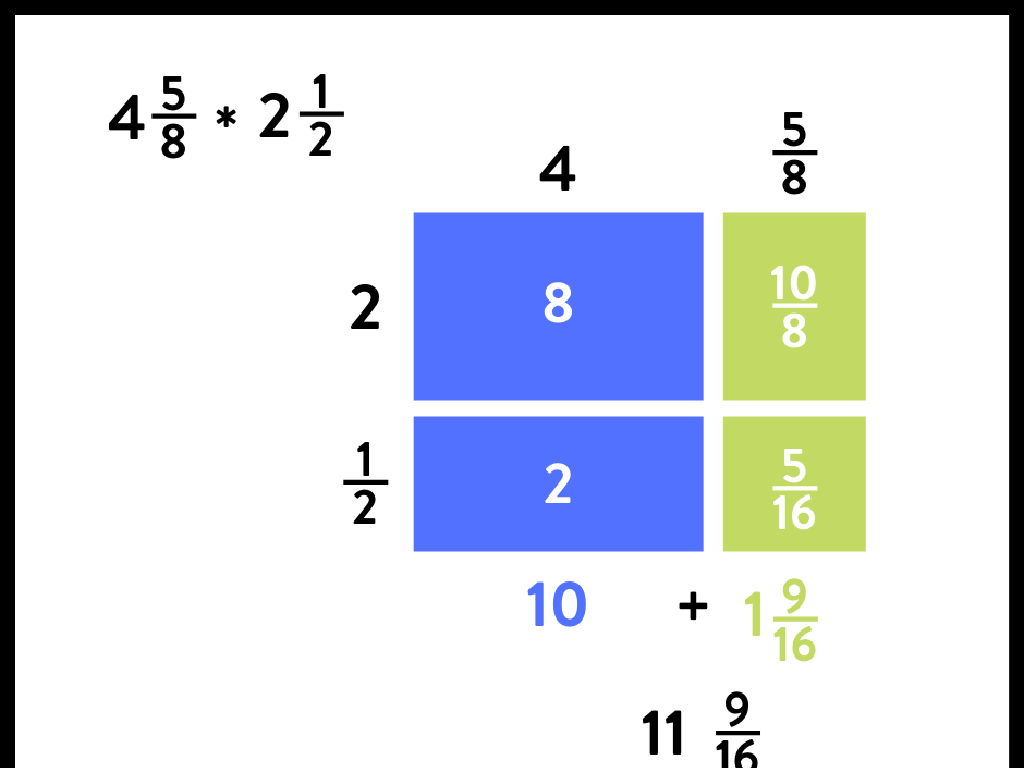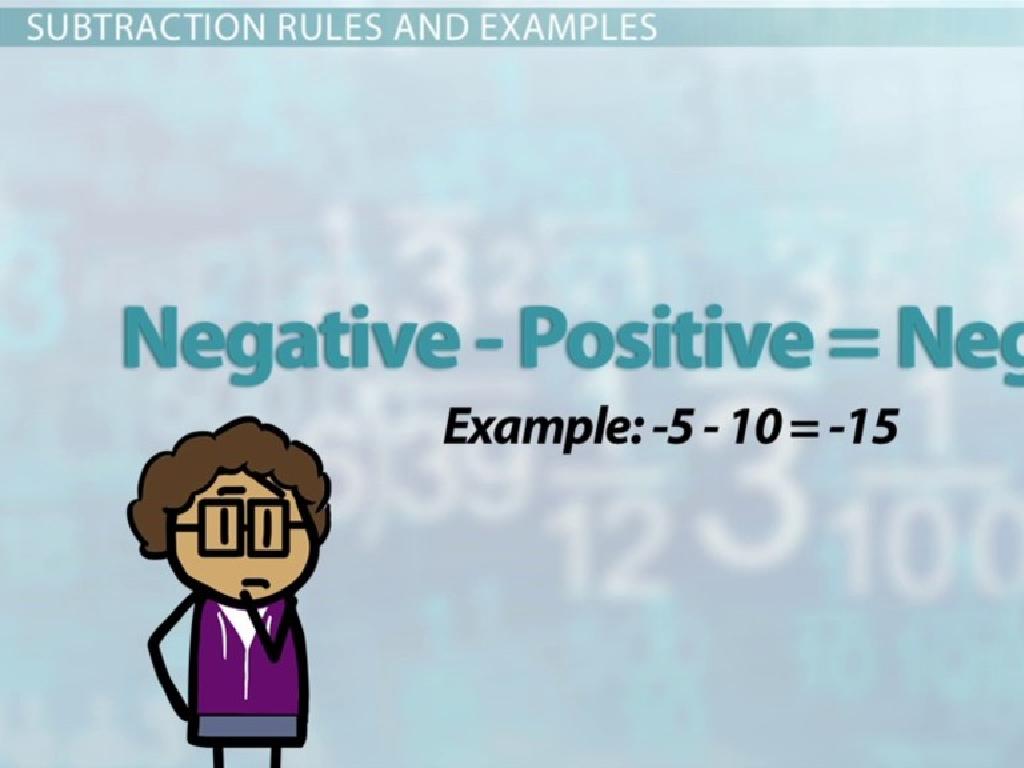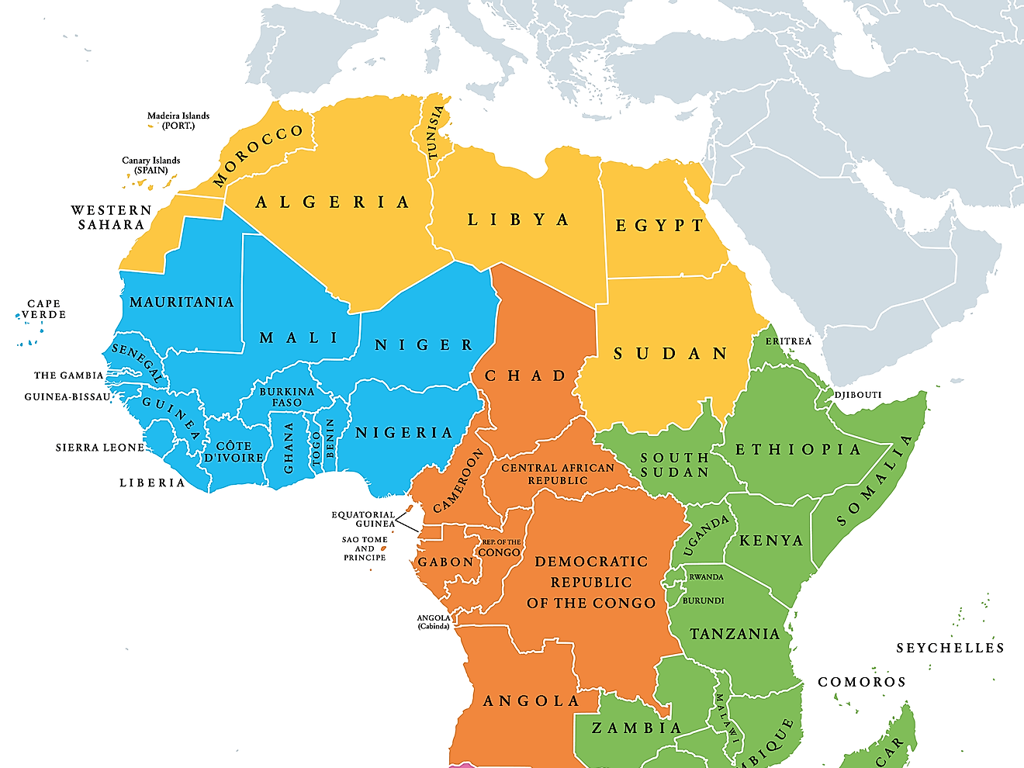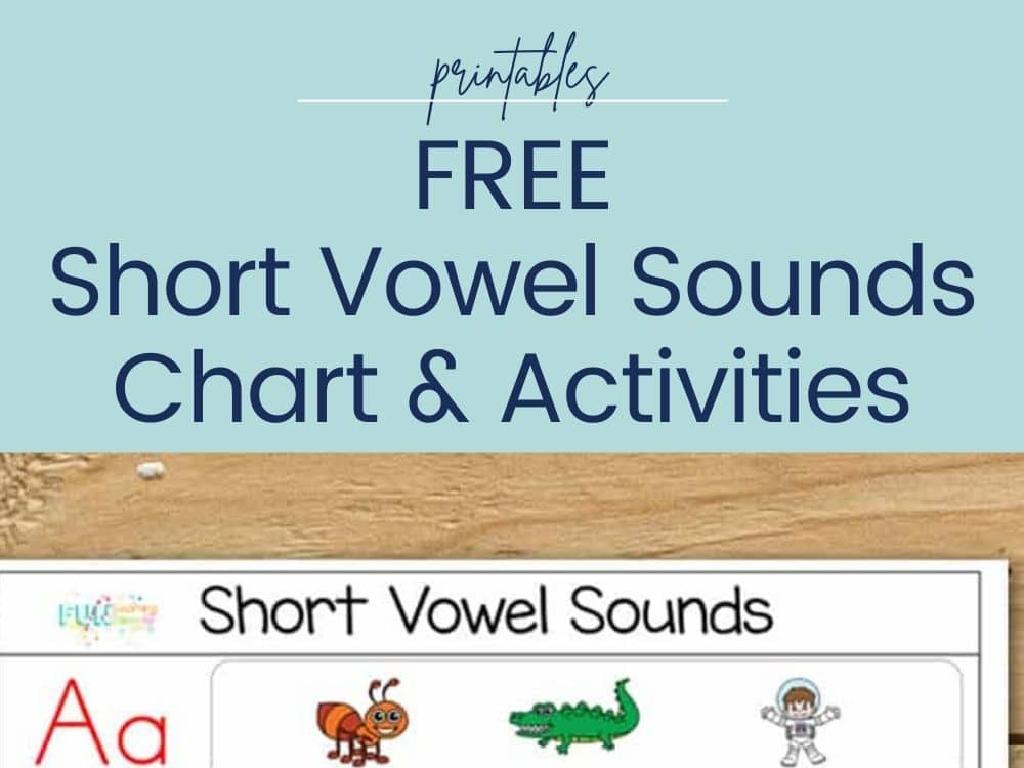Count Up - Up To 10
Subject: Math
Grade: Kindergarten
Topic: Counting Forward And Back To 10
Summary: This Kindergarten math lesson introduces young learners to counting forward from 1 to 10 using engaging visuals, finger play, real-life objects, and fun games. Students will practice one-to-one correspondence by counting toys, pictures, and everyday items. Interactive activities like dice games and group object counting help solidify number order and quantity recognition. Designed for hands-on learning, this lesson builds early number sense and encourages children to practice counting in daily life.
Please LOG IN to download the presentation. Access is available to registered users only.
View More Content
Welcome to Counting Up to 10!
– Greet our little mathematicians
– Today’s goal: Count to 10
– We’ll learn to count from 1 to 10 together
– Counting is fun and useful
– Use counting in games, sharing, and more
– Practice makes perfect
|
Begin the class with a warm welcome to create an inviting atmosphere for the young learners. Introduce the objective of the day, which is to count up to 10. Emphasize the fun aspect of counting and its practical applications in daily life, such as playing games, dividing snacks, or even counting toys. Encourage the children to practice counting as much as possible, as repetition is key in learning numbers at this age. Incorporate engaging activities like counting with fingers, using number blocks, or singing counting songs to reinforce the concept.
What is Counting?
– Counting is number order
– Imagine climbing stairs
– Each stair is like the next number: 1, 2, 3…
– Counting shows quantity
– How many apples? 1, 2, 3 apples!
– Practice counting to 10
– Let’s count objects together up to 10
|
This slide introduces the concept of counting to Kindergarten students. It’s important to relate counting to a visual activity they understand, like climbing stairs, where each step represents the next number in the sequence. Emphasize that counting helps us figure out how many items we have, which is a practical skill they will use daily. Encourage the students to practice by counting various objects in the classroom or at home, up to the number 10. Use real-life examples like counting fingers, toys, or snacks to make the concept more relatable and engaging.
Counting Up with Objects 1 to 5
– Start with numbers 1 to 5
– Each number has one more object
– For example, 1 cookie, 2 cars, 3 ducks…
– Count objects from 1 to 5
– 1 apple, 2 teddy bears, 3 blocks, 4 pencils, 5 stars
– Practice counting with items
|
This slide introduces the concept of counting up to 5 using tangible objects that children can easily visualize. Begin by showing the numbers 1 through 5 and associating each number with a corresponding number of objects. This helps students understand that as we count up, the quantity represented by the numbers increases. Use classroom items or illustrations to demonstrate this concept, such as counting out a set number of blocks or stickers. Encourage the children to count along with you and to use their fingers to represent each number as they count. This activity will help solidify their understanding of number sequencing and one-to-one correspondence between numbers and objects.
Counting Up: Numbers 6 to 10
– Counting starts at 6, goes to 10
– Add one more to count up
– Let’s count: 6 balloons
– After 6 balloons, what comes next?
– Counting objects helps us learn
– Practice with different items like 7 crayons, 8 ducks
|
This slide focuses on teaching Kindergarten students to count from 6 to 10 by adding one more each time. Start by reviewing numbers 1 through 5 to ensure they are ready to move on. Use visual aids like pictures of balloons, crayons, and ducks to make counting tangible and engaging. Encourage the students to count aloud together and use their fingers to represent each number. For the activity, provide various sets of objects for the students to count, ensuring they understand the concept of ‘one more’. Possible activities include counting toys, drawing items, or using stickers. Reinforce the idea that each number is one more than the previous by having them physically add one object to a group while counting.
Counting Together Up to 10
– Use fingers to help count
– Count up to 10 together
– We’ll count: 1, 2, 3, … up to 10
– Raise a finger for each number
– Each number, add one more finger
– Practice counting daily
– Try this at home with family!
|
This slide is designed to engage Kindergarten students in a fun and interactive counting activity. Using fingers to count is a tactile method that helps young learners visualize numbers and understand the concept of counting sequentially. As you count together, encourage each child to participate by raising one finger at a time, which reinforces one-to-one correspondence—a foundational math skill. Make sure to count slowly, allowing time for all students to keep up. Repeat the activity to ensure understanding and build confidence. Suggest to students to practice this activity at home with their family members to further reinforce their counting skills.
Counting Practice: Let’s Count to 10!
– Practice counting with pictures
– Count the objects out loud
– Look at each picture and say the numbers from 1 to 10 as you count
– One number for each object
– Assign only one number to each item to practice one-to-one correspondence
– Keep practicing up to 10
|
This slide is designed to engage Kindergarten students in a counting activity. Display pictures with various objects (up to 10) and encourage the children to count them aloud. This exercise helps them understand the concept of one-to-one correspondence, which is fundamental in learning to count. Make sure each child has a chance to participate and provide guidance as needed. For those who finish quickly, encourage them to count backwards from 10 to 1 or find objects in the classroom to count. Reinforce the concept by applauding their efforts and correcting gently if they make a mistake.
Let’s Play a Counting Game!
– We’re going to play a fun game
– Roll the dice and count the dots
– Each dot on the dice is one count
– Move your piece the same number
– Match your count to spaces moved
– First to the end is the winner!
|
This slide introduces a counting game to help Kindergarten students practice counting up to 10. The game involves rolling a dice, counting the number of dots on the dice, and then moving a game piece accordingly. This activity will help students associate numbers with quantities and improve their counting skills. Teachers should prepare a simple game board with spaces numbered from 1 to 10 and provide dice and game pieces. Encourage students to say the numbers out loud as they count the dots and move their pieces. Celebrate each child’s turn and reaching the end to make counting a positive experience.
Class Activity: Counting Objects Up to 10
– It’s time to count objects together!
– Each student receives a basket of objects.
– Count your objects up to 10.
– Look at each object, say the numbers as you count.
– Who can count correctly? Let’s find out!
|
This interactive activity is designed to help Kindergarten students practice counting up to 10. Distribute baskets containing various objects to each student. Ensure that no basket has more than 10 objects to align with the lesson’s objective. Encourage the students to touch each object as they count aloud to reinforce number recognition and one-to-one correspondence. Observe the students as they count and offer guidance if needed. After the activity, discuss as a class and praise successful counting. Possible variations of the activity could include counting colorful beads, toy cars, or blocks. For advanced students, consider introducing simple addition up to 10 by combining objects from two baskets.
Counting Up to 10: Great Job!
– Celebrate your counting success
– Counting is useful everywhere
– Counting helps with math and daily tasks
– Practice counting daily
– Try counting toys, steps, or even snacks
– Count objects around you
|
This slide is meant to congratulate the students on their counting achievements during the lesson. Emphasize the importance of counting in both academic and everyday situations, such as keeping track of school supplies or helping out with chores at home. Encourage the children to practice counting by finding things around them, like toys, steps they climb, or snacks they eat, to reinforce their skills. Remind them that counting can be a fun activity and that they can count almost anything they encounter in their environment. This will help solidify their understanding and make them more comfortable with numbers.





